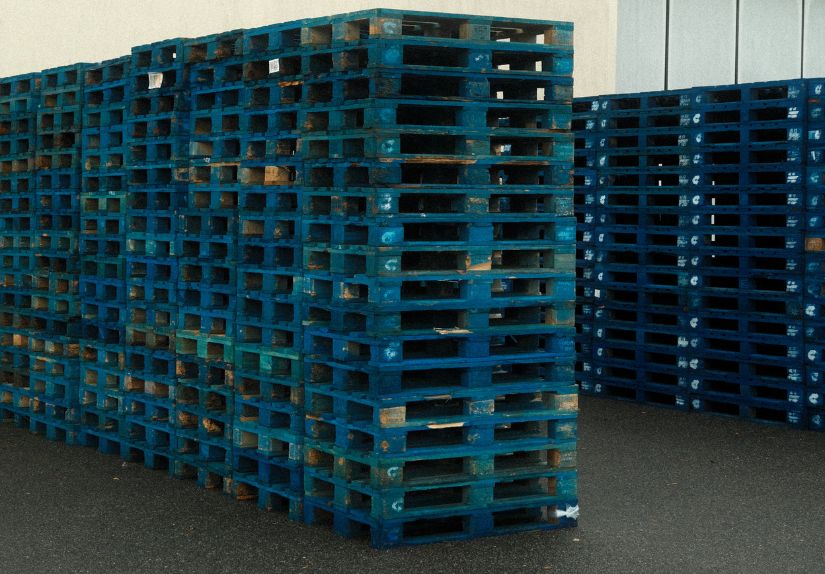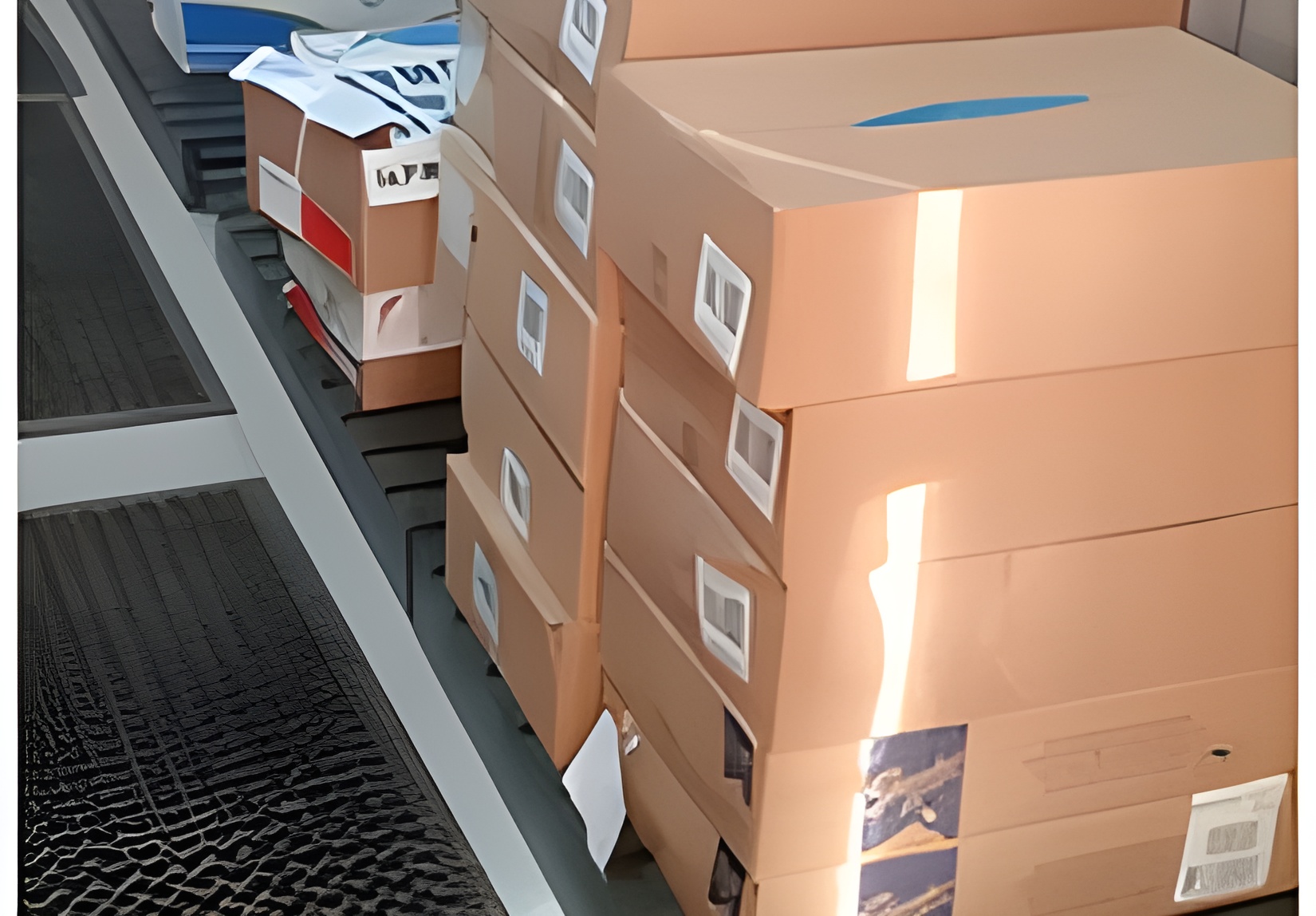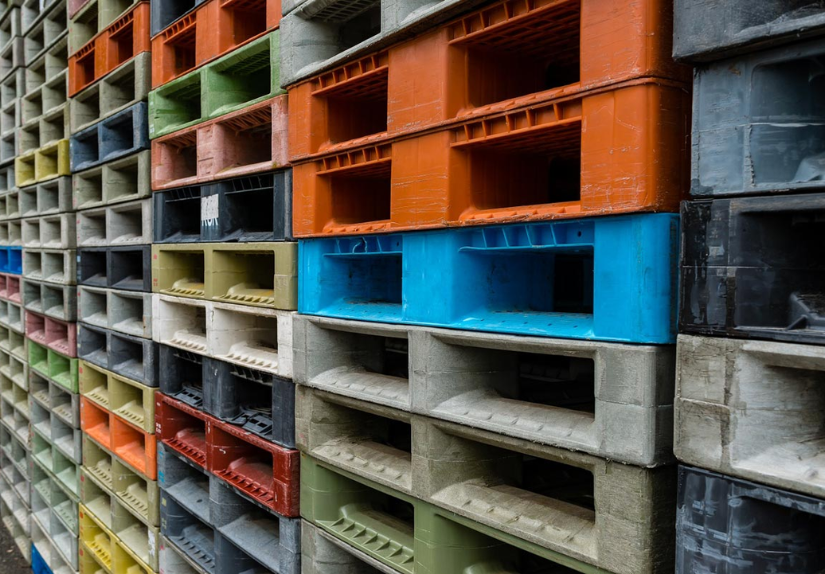In the seafood industry, maintaining freshness while managing fast-moving logistics is essential. From the moment prawns are harvested to when they reach buyers, product quality relies heavily on the handling systems in place. High performance prawn crates and storage crates have become essential tools, offering strength, hygiene, and smart design needed to protect delicate seafood while improving day-to-day operations.


Designed for harsh marine conditions
The seafood industry operates in some tough environmental conditions. Saltwater exposure, temperature changes, and constant movement that can push equipment to its limits. These prawn crates are made from durable food-grade polypropylene (PP), which offers excellent impact resistance and long-term stability. Whether the crates are stacked or washed down repeatedly between runs, their PP construction ensures reliable performance after each use.
Optimal hygiene for seafood handling
Hygiene is critical when dealing with any food-related items. Contamination risks can lead to spoilage, rejected loads, or costly downtime. The Eco-Tote 1228H has a smooth, non-porous, vented body that prevents residue build-up and makes cleaning fast and effective. The vented body also allows easy drainage of water which is important to maintain the freshness and quality of the prawns and/or other seafood products.
This design reduces the risk of bacteria growth and makes the storage crates safer for repeated use throughout the seafood supply chain. Daily wash-downs are quicker, while compliance with food safety standards is easier to maintain.
As a result, the Eco-Tote 1228H performs as both a prawn crate and a hygienic storage crate suitable for a wide range of seafood products.
Practical features of the Eco-Tote 1228H
Modern seafood operations need equipment that works with them, not against them. These prawn crates have been designed with day-to-day handling in mind to support fast, efficient, and hygienic workflows across the supply chain – making them a well-designed storage crate for the seafood industry. Some key features include:
- Stack and nest design to maximise the most of limited space during transport or storage.
- Ergonomic handles allow safer lifting and easier handling.
- Vented body to allow melted ice and/or excess water to escape, helping maintain product quality.
- Lightweight which reduces strain during repetitive manual handling.
- Non-porous surface that makes cleaning faster after each use.
These features help the seafood industry work more efficiently while protecting the quality and freshness of their product at every stage of the supply chain.
Improving storage and transport efficiency
For any supply chain, space is valuable – whether it is on vessels, in storage, and during transport. The nestable design of the Eco-Tote 1228H helps users reduce empty crate volume significantly, making return freight more efficient and cost effective as it frees up valuable storage capacity.
When filled, the prawn crates stack safely and securely, maximising vertical space and reducing the risk of product damage. This feature makes the Eco-Tote 1228H not just a prawn crate, but a highly efficient storage crate that helps in improving efficiency and lowering operating costs.
Strengthen your supply chain with Eco Pallets
When it comes to protecting your catch and keeping operations moving, the right storage crate can make all the difference. Built for strength, hygiene, and day-to-day efficiency, the Eco-Tote 1228H presents itself as a reliable solution for any seafood business.
FAQ
What are the benefits of using plastic pallets on mining sites?
Plastic pallets help keep goods off the ground, improve cleanliness, and make hygiene standards easier to maintain. They are durable, easy to clean, and support safer, more organised logistics across busy or remote mining operations.
How do plastic mini skid pallets improve hygiene in chillers, freezers, and dry storage?
By elevating items off the floor, plastic mini skid pallets create space for easier cleaning and reduce direct contact with concrete surfaces. This supports better compliance with food-service hygiene standards in camp kitchens and storage areas.
How do plastic totes help with chemical storage and dispensing?
Site teams can transfer bulk chemical pumps from cartons into reusable plastic totes and fit the pumps inside the tote. This improves control over dispensing, reduces spills and overuse, and keeps chemical rooms tidier with less waste and clutter.
Are plastic pallets and totes durable enough for remote or high-demand environments?
Yes. Across multiple sites, plastic pallets and totes have performed well under operational demands. They stand up to high foot and equipment traffic and remain easy to clean, helping maintain presentation and manageability over time.
Do plastic pallets help protect concrete floors?
Yes. In dry storage, placing goods on plastic pallets reduces direct wear and tear on concrete floors, which can help extend floor life while keeping storage areas more organised.
How do these solutions support safety and compliance on site?
Better organisation, easier cleaning, and controlled chemical dispensing lower risks of exposure, spills, and cross-contamination. These improvements make it simpler to meet site safety, hygiene, and compliance expectations.
Can using plastic totes reduce manual handling and waste?
Yes. Replacing multiple small cartons with reusable totes reduces the need to move many containers and cuts packaging waste, which is particularly valuable where replacement stock is slow to reach remote sites.
Where can I learn more about safe chemical handling and workplace hygiene?
Refer to Safe Work Australia’s guidance on hazardous chemicals and to the Department of Mines, Industry Regulation and Safety (WA) for workplace safety and hygiene guidance.
Reach out to our team to find the perfect storage crate for your needs.









